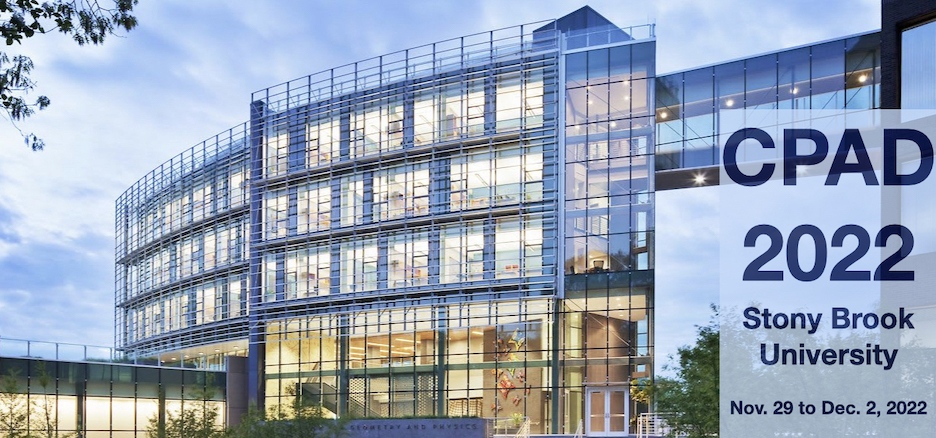Speaker
Description
Future collider experiments will require particle tracking performance beyond the reach of existing technologies. A novel type of scintillation material based on InAs quantum dots (QD) embedded within GaAs has been developed in pursuit of satisfying the demands of next generation 4D trackers. The epitaxially grown structure utilizes QDs as luminescence centers with radiative timescales on the order of ~0.5 nanoseconds. This fast scintillation response, along with high light yield and potential for picosecond-scale timing resolution in particle detection have all been established for this heterostructured semiconductor. While the refraction index of GaAs (n=3.5) tends toward total internal reflection and waveguiding (WG), efficient collection of scintillation photons is achieved through monolithic photodetector (PD) integration. Crystals up to 25 µm thick have been grown using molecular beam epitaxy and include a metamorphic buffer layer to prevent strain-related defects between the scintillation and photodetection regions. A scanning laser-excited 2D photoluminescence map of a scintillator with the integrated PD has been produced. The attenuation length was measured at 1-2.5 cm$^{-1}$, limited by self-absorption and surface scattering. Measurements with 5.5 MeV α-particles from $^{241}$Am source in unit gain mode have shown the collection of ~10,000 photoelectrons/MeV of the deposited energy and the energy resolution of ~17% FWHM. In addition, our preliminary measurements with 122 keV gamma photons from $^{57}$Co are presented. We also report results of the irradiation studies of the scintillator performed with the 1.5 MeV H$^+$ beam and the proton fluxes up to 10$^{14}$ cm$^{-2}$.

